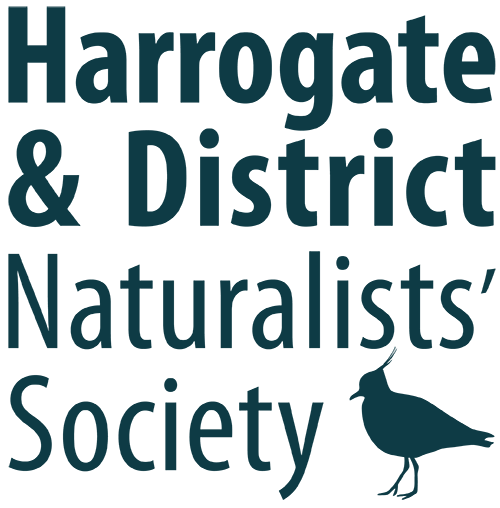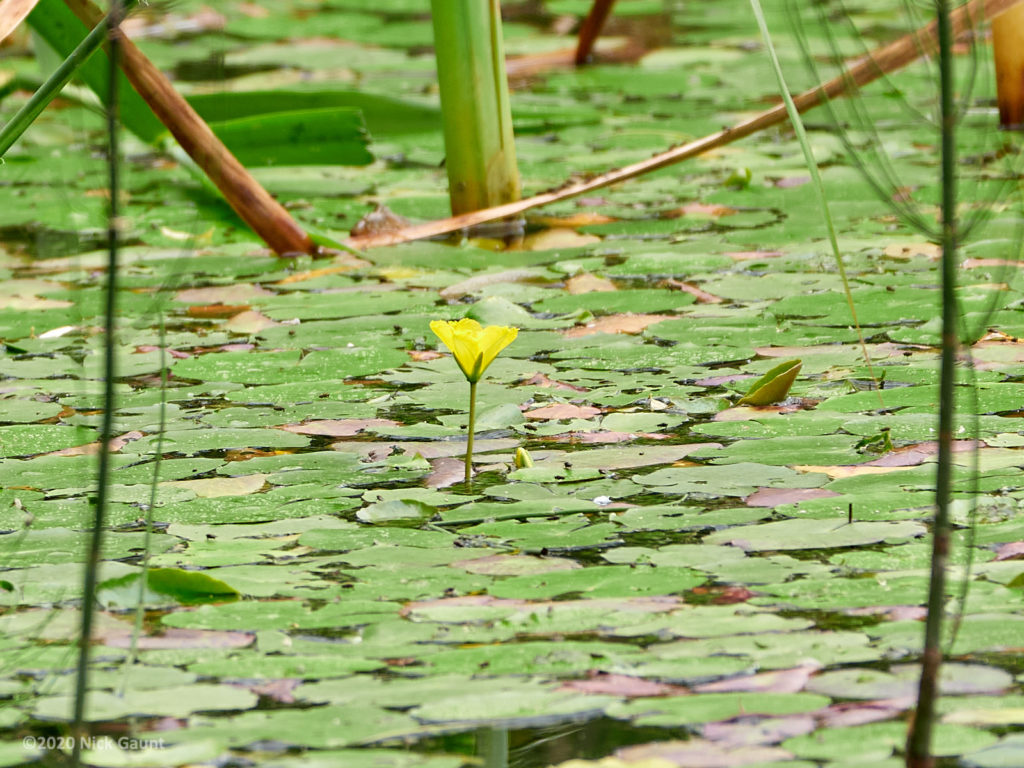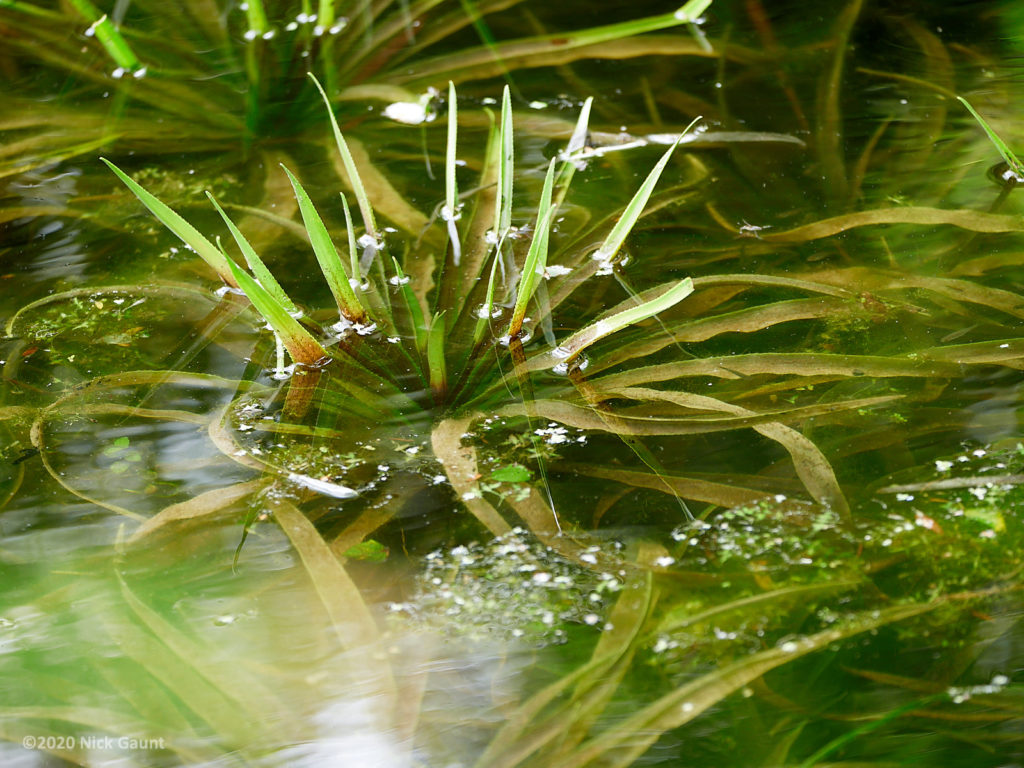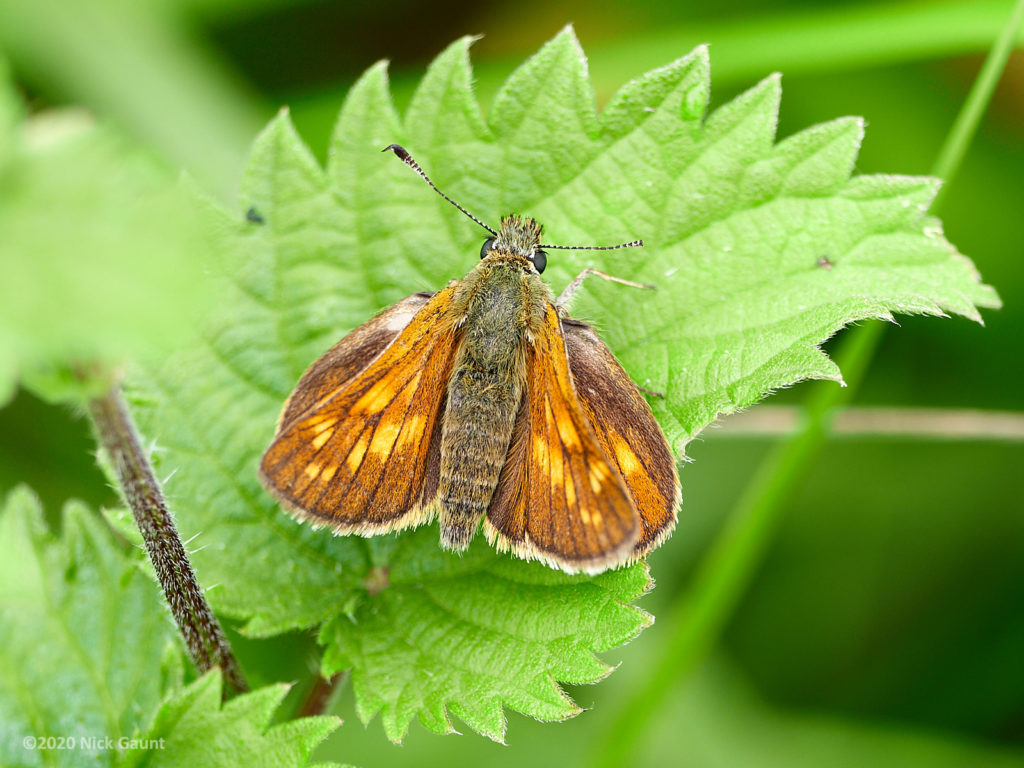There was a sense of excitement at the start of our event due to the fact that we had been locked down for the previous three months and this was our first HDNS outing of the year. At last we were out of doors, meeting others and going to find new plants (hopefully). We were limited to five members plus leader Kevin Walker, and because the event was oversubscribed, a big thank you to those members who gave up their places for us.
Our excitement was so real that we seemed to spend a disproportionate amount of time at the outset looking at the plants which were on the grass beside our parked cars. The first was Dove’s-foot Crane’s-bill, Geranium molle. Then we found Smooth Hawk’s-beard Crepis capillaris and Cat’s-ear, Hypochaeris radicata with its warty leaves. These dandelion-type plants are notoriously difficult to identify but we were undeterred (probably due to our previous period of deprivation).
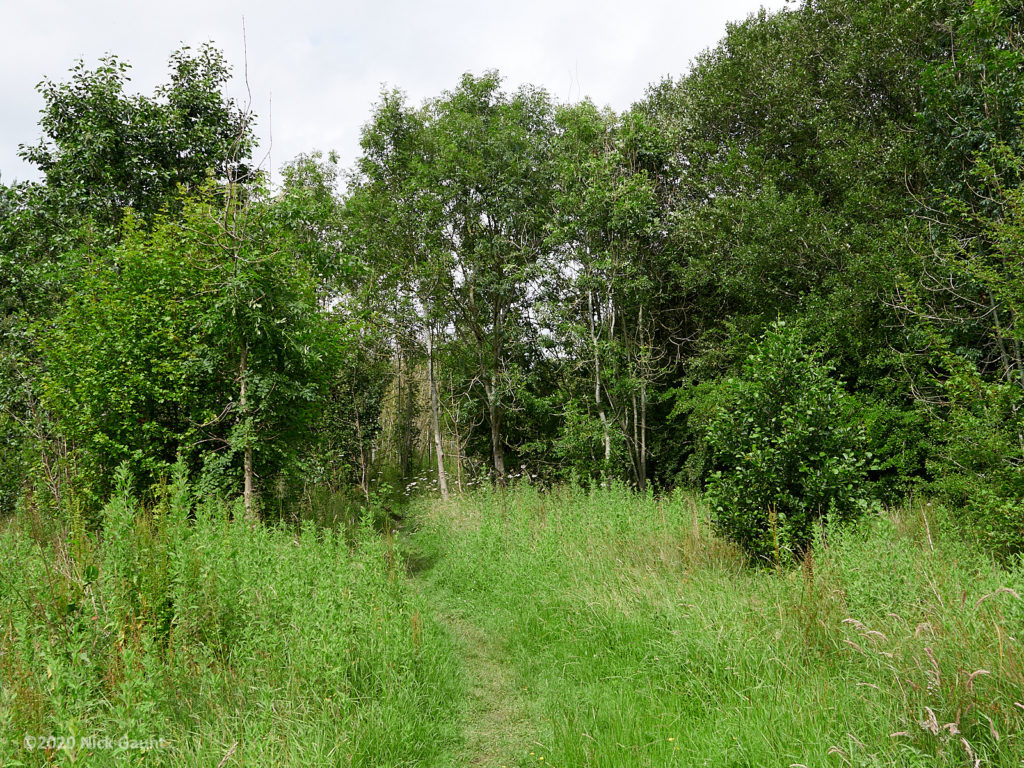
Then it was time to get going into our designated site. Kevin’s plan was to explore the area at the southern end of Hay a Park lake and then continue along its east side. The site has been largely undisturbed since the completion of gravel extraction in the early 1970s. It is now a designated SSSI (Site of Special Scientific Interest). As soon as we were on the path, it became apparent that we were surrounded by very interesting rough grassland, with a plentiful supply of common spotted orchids. We came across many different grasses, sedges and rushes, which for some of us require patience to identify and remember.
The first grasses we spotted included Rough Meadow-grass Poa trivialis, Spreading Meadow-grass Poa humilis, Common Bent Agrostis capillaris, Red Fescue Festuca rubra and Sweet Vernal-grass Anthoxanthum odoratum. In some instances, Kevin patientlydrew diagrams for us, for example to illustrate the difference in the spikelets of Meadow Foxtail and Timothy Grass. No botany event should omit the Apiaceae, so we did a quick scan of some plants in flower ie. Hogweed Heracleum sphondylium, Upright Hedge-parsley Torilis japonica and Rough Chervil Chaerophyllum temulum.
After passing through lovely glades of Goat Willow and Osier, the weather became warmer and warmer, so we were glad to reach the lakeside’s edge to view the water plants. For me, the most exciting plant on the day was the sight of Water Soldier, Stratiotes aloides in the lake. This plant is submerged except at flowering time, when rosettes of spine-toothed lanceolate leaves rise to the surface to reveal 3-petalled white flowers. Also as a bonus, close by was Fringed Water-lily, Nymphoides peltata. Both these plants are natives, although it is possible that they may have been introduced into this location.
Fringed Water-lily (Nymphoides peltata) Water Soldier (Stratiotes aloides) Comma (Polygonia c-album) Large Skipper (Ochlodes venatus)
At mid-point on the east side we looked across the lake to the Bar Lane area, where various planning applications have been lodged. Fortunately, the discussion about these was only brief and we were mostly able to forget that these new housing developments would be very close to the SSSI. In any case on reaching the limestone area we got distracted in our search for Bee orchids in flower, but were sadly unsuccessful.
HDNS members got their priorities right on the day. It was 4th July – and we were not celebrating American Independence Day; nor were we drinking in pubs; nor were we visiting hairdressers. We chose, instead, to botanise in a very special place.
As usual, our thanks to Kevin Walker, our leader and to Muff Upsall, our organiser.
Sonia Starbuck
